Albums That Blew My Mind: King Tubby Meets Rockers Uptown
Echoes of Innovation: The Lasting Impact of 'King Tubby Meets Rockers Uptown
Every music fan has those songs and albums that remain deeply entrenched in the psyche and become the backdrop of a moment in your life. The ones you can hear 30 years later and be instantly transported back in time - who you were hanging with, what school year, etc, all those little details that seem to collect dust as you move forward - but those songs bring it all back. In the case of musicians, there are seminal albums that you feel the earth shift - you know you’ll never be the same as you embark into a new world of discovery. One of those albums was the 1976 release of King Tubby Meets Rockers Uptown.
This album is considered one of the most influential dub albums ever, showcasing King Tubby's innovative mixing techniques that transformed existing tracks into new sonic experiences.
It was 1986 when family friend, Everton “Pablo” Paul, drummer from Jamaica handed King Tubby Meets Rockers Uptown and told me to listen. Up to this point I’d immersed myself in every Marley album I could get my hands on while also tuning into all manner of other genres - from classical, to rock, hiphop, and others but this album would prove pivotal - altering any plans I may had envisioned for my future in music - it was this single album that would igniate a lifetime passion for dub and inspire met create and become Dubmatix 25 years ago.
What is it about this album?
Captivating moments - the basslines seem to lead to right to the edge of a cliff, leaving you hanging, peering down into the abyss before landing again. The lag, the off-the-beat looseness, helped create a sense that you were experiencing a higher power. The superb drumming by Wailers point man for groove, Carly Barret, who lays some ferocious syncopation - the kick and rimshot having a conversation back and forth while driving the train full steam ahead - the combo of bass and drums is the focus and pushed right up into your face on this album - no mercy, no timidity - only throbbing, heavy riddims. A subscriber to Substack, Alex F, made a great comment - Carly played with the touch of a jazz drummer, dextrous, nimble, and playful but never taking his eye off elevating the music he was backing.
Not only was my borrowed vinyl copy actively in use, but the cassette transfer was initiated in 1987 and never left my backpack (it was mandatory for my portable Walkman enjoyment). I was an evangelist spreading the music to anyone who’d load me their ears for 5 minutes. That feeling has remained ever since.
(Leroy “Fatman” ThompsonInside King Tubby’s Studio)
The deft touch of King Tubby - the man who helped turn a simple mixing board into another instrument (along with Lee Perry, and others) delivers his unique approach to creating atmospheres - listening to his use of delay, reverb, filters and phasers is like exploring outer space - especially for a 16 year kid in Toronto Canada.
This is, hands down, the all-time best dub album ever produced. An August Pablo production King Tubby meets Rockers Uptown. Dropping the needle on cut one to the end is a sonic journey of exploration. The music and dubbing dexterity are mesmerizing.
Side one
"Keep On Dubbing"
"Stop Them Jah"
"Young Generation Dub"
"Each One Dub"
"555 Dub Street"
Side two
"Braces Tower Dub"
"King Tubby Meets Rockers Uptown"
"Corner Crew Dub"
"Say So"
"Skanking Dub"
"Frozen Dub"
"Satta Dub" (Unlisted)
Musicians:
Augustus Pablo: Melodica, piano, organ, clavinet
Bass Guitar:
Robbie Shakespeare
Aston "Family Man" Barrett
Drums: Carlton "Carly" Barrett
Guitar: Earl "Chinna" Smith
Tenor Saxophone: Richard "Dirty Harry" Hall
Trumpet: Bobby Ellis
Trombone: Vincent "Don D Junior" Gordon
Recording Studio
Recorded at:
Channel One Studios, Kingston, JamaicaWhy: Channel One had upgraded, state-of-the-art equipment at the time, which gave sharper drum and bass sounds, perfect for dub music.
Mixed / Dubbed at
Dubbed (Mixed) at:
King Tubby’s Studio, Kingston, JamaicaWhy: King Tubby’s small but legendary home studio was where the magic happened — he used custom-built gear, spring reverbs, tape delays, and early mixing desk tricks to transform the tracks into dub versions completely.
Who Worked on It
Producer: Augustus Pablo
A roots reggae producer and melodica player, profoundly influential in shaping the mystical "Rockers" sound.
Engineer/Mixer: King Tubby (Osbourne Ruddock)
The pioneer of dub mixing, using the mixing desk as an instrument.
Musicians:
Augustus Pablo – melodica (the signature instrument sound)
Robbie Shakespeare – bass (of Sly & Robbie)
Earl "Chinna" Smith – guitar
Carlon “Carly” Barret
(*Note: Thank you for David Kingston for sharing this info: “It's actually Lloyd "Tin Legs" Adams, not Carly B on drums for both "KTMRU" and "Rockers Dub". Also, Errol Thompson (who was the engineer at Randy's studio at the time) engineered some tracks”
Check out the track below that Tin Legs is credited on.Various top session players from The Rockers All-Stars.
The Impact of "King Tubby Meets Rockers Uptown" on Music
1. Revolutionized Dub Music
Before "King Tubby Meets Rockers Uptown," remixes mainly were straightforward. Tubby and Pablo flipped that upside down. They treated the mixing board like an instrument, stripping out vocals, isolating heavy bass and drum grooves, and layering in waves of reverb and delay. What they created wasn’t just a remix — a new, mind-expanding art form called dub. Lee Perry’s Blackboard Jungle Dub (1973) is considered one of the first actual dub albums. Other notable dub releases before 1976 include Herman Chin-Loy's Aquarius Dub (1973) & Errol Thompson + Joe Gibbs's Dub Serial (1972-1973). All three are considered seminal dub releases.
2. Influenced Hip-Hop, Electronic, and Dance Music
Dub wasn't just a Jamaican phenomenon. Its techniques traveled. Early hip-hop DJs like Kool Herc borrowed dub’s idea of remixing and toasting over beats. Later, genres like techno, drum & bass, ambient, and house music drew heavily from dub’s love of effects, deep bass, and studio experimentation. Today's DJ culture and electronic music scenes might sound completely different without dub.
3. Iconic Song
The title track, "King Tubby Meets Rockers Uptown" — a dub version of Jacob Miller’s "Baby I Love You So"—is often called one of the greatest dub songs ever made. Some even call it the "Sgt. Pepper of dub," comparing its innovation and influence to The Beatles’ groundbreaking album. The track’s echoing snares, pulsating bass, and swirling effects still sound fresh decades later.
4. International Exposure
This album wasn't just big in Jamaica. It was one of the first dub records to catch serious attention internationally. It opened ears across Europe, Japan, and North America, helping spread reggae’s deep culture and sounds into new musical movements worldwide. You can trace the fingerprints of "King Tubby Meets Rockers Uptown" in everything from punk to post-punk to electronic music.
Real-Life Example: How This Album Changed Everything
Imagine recording music before this album. You’d go into a studio, play your song, and that was it. After "King Tubby Meets Rockers Uptown," the studio itself became part of the instrument.
It's just like what Photoshop did for photography. Before Photoshop, you took a picture and hoped it came out well. After Photoshop, you could bend, stretch, color, and reshape, creating a new vision.
Tubby and Pablo didn’t just remix songs. They reimagined what music itself could be.

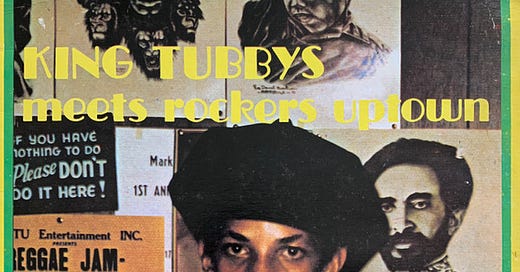



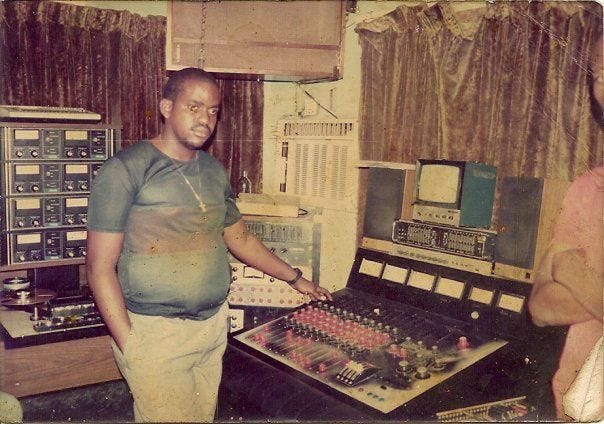
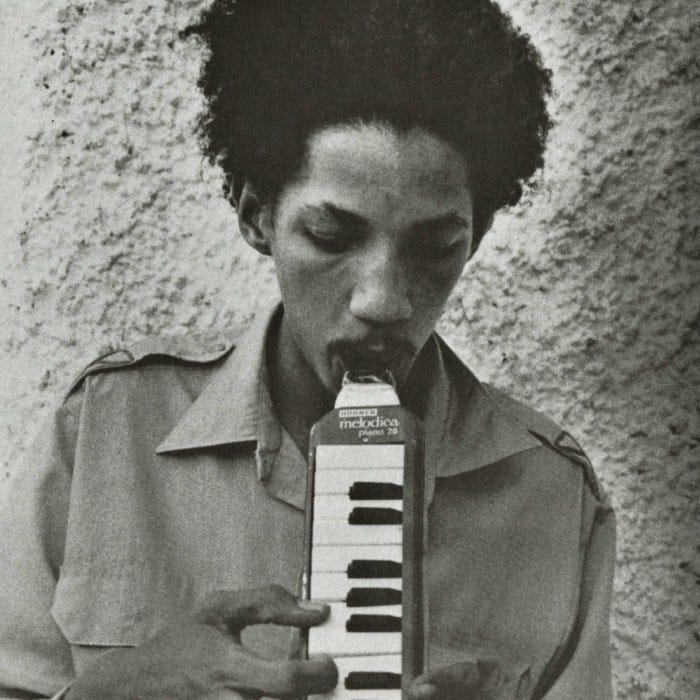
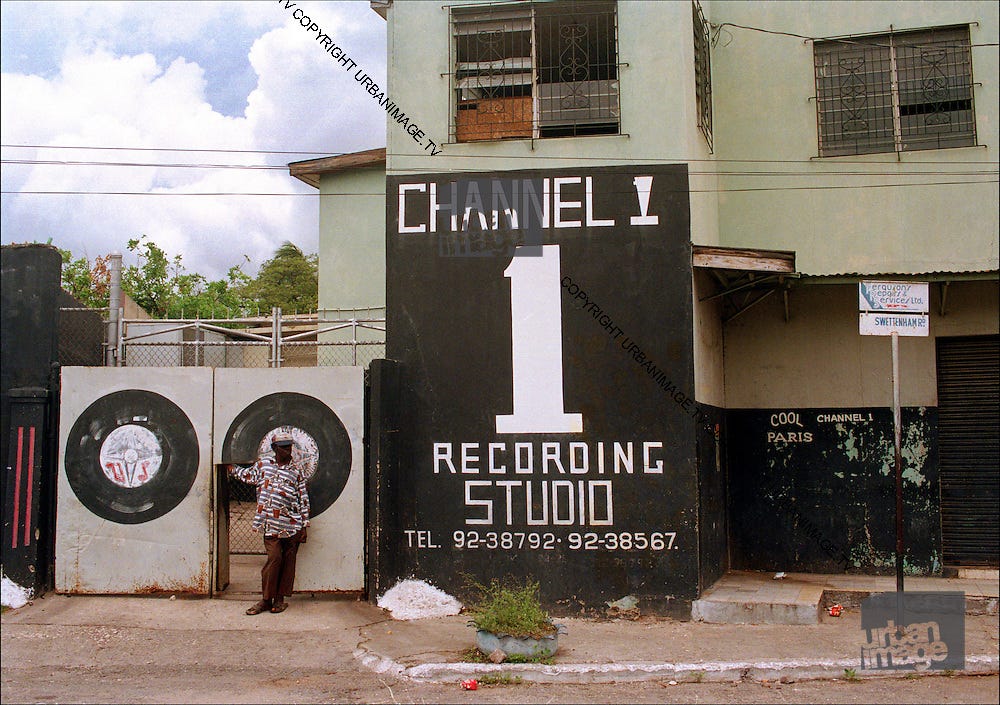
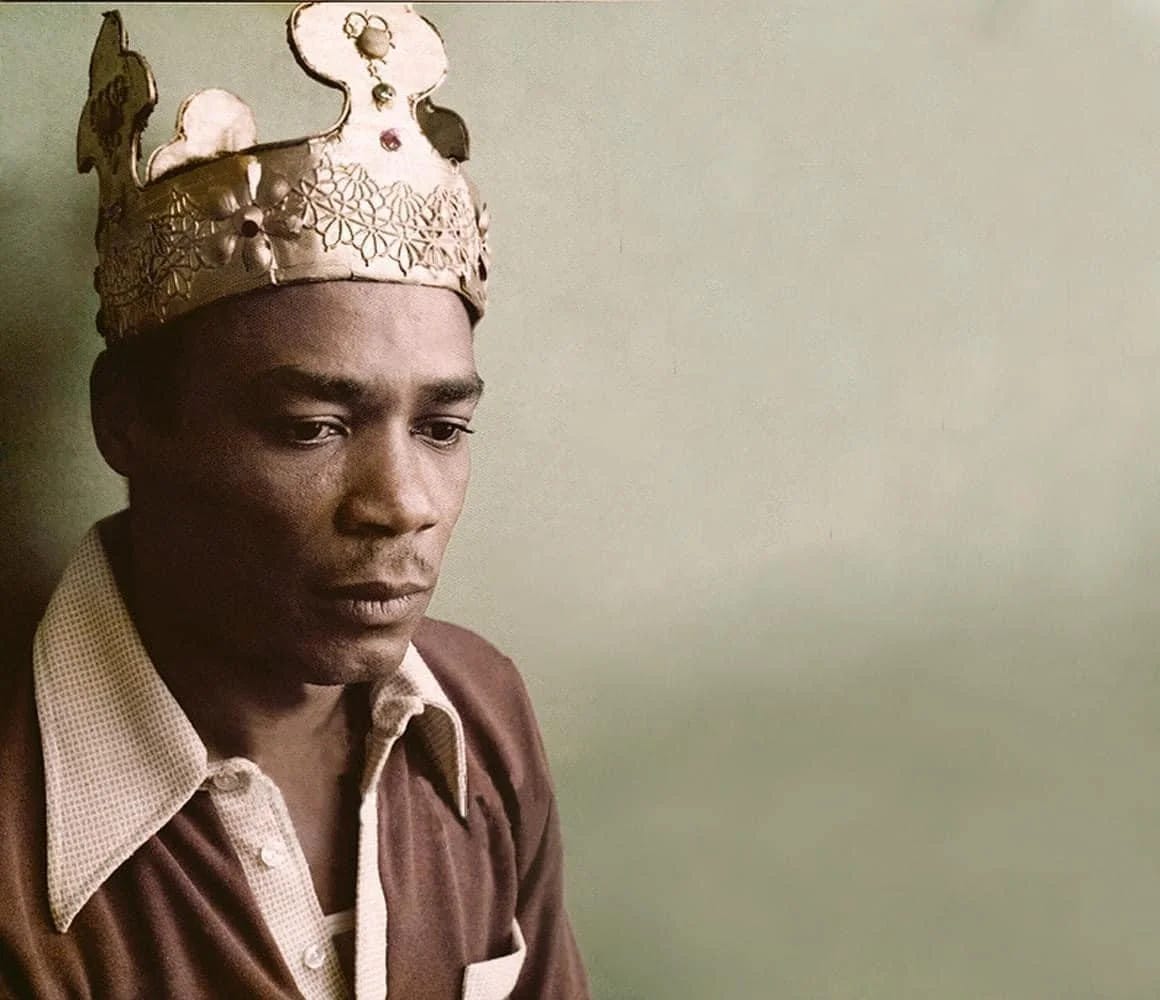
It's actually Lloyd "Tin Legs" Adams, not Carly B on drums for both "KTMRU" and "Rockers Dub". Also, Errol Thompson (who was the engineer at Randy's studio at the time) engineered some tracks. The credits are a dog's breakfast because Pablo gave the album first to Brad Osbourne to release in New York and Brad simply credited many of the popular studio musicians of that time. The cover photo was taken in Brad's store when Pablo was in town, you can see the New York references in the flyers on the wall. Regardless of the misinformation, the album is indeed a stone-cold classic that never grows old, cheers!
Thanks yes the DI for tightness & control of the signal makes sense. What I've always loved about reggae is how they bring out complex musical ideas with slight voicing changes in the chords. I ignore the complaint of 'Oh reggae all sounds the same ' those people don't know how to listen & besides any popular music has a structure it sticks to & simultaneously breaks that rule in an idiosyncratic way.